


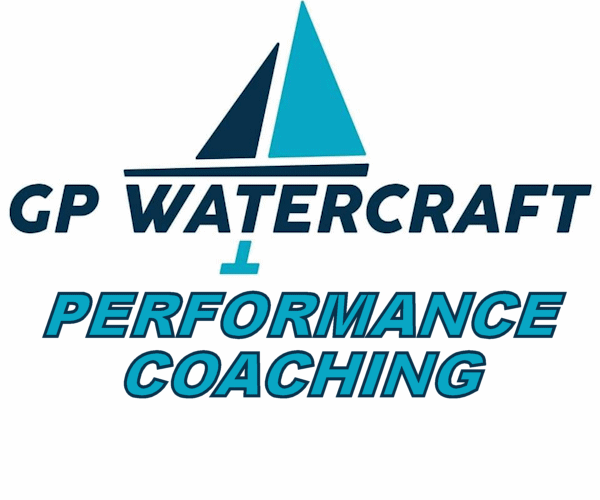

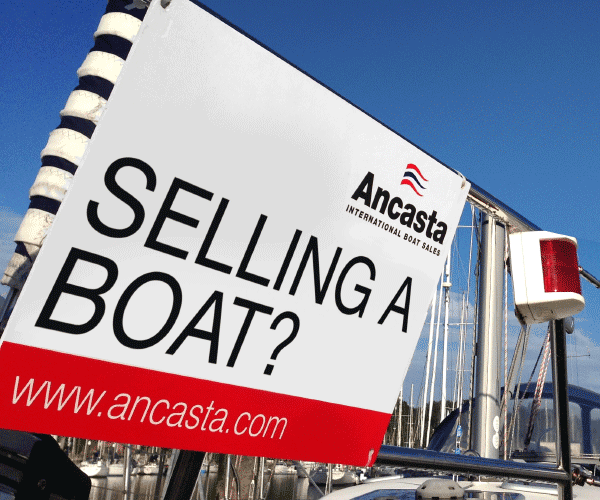


-(1)-202408140552.gif)

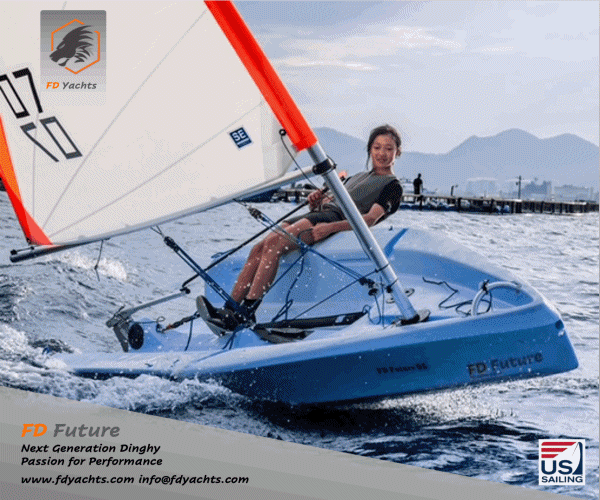


| Laser 28 - Excellent example of this great design Hamble le rice |
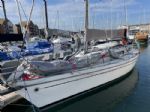 |
| Laser 140101 Tynemouth |
 |
| Rossiter Pintail Mortagne sur Gironde, near Bordeaux |
 |
List classes of boat for sale |
Technical query |
Post Reply 
|
Page 123> |
| Author | ||
mike ellis 
Really should get out more 
Joined: 30 Dec 05 Location: United Kingdom Online Status: Offline Posts: 2339 |
 Post Options Post Options
 Quote Quote  Reply Reply
 Topic: Technical query Topic: Technical queryPosted: 25 Feb 06 at 2:49pm |
|
|
i thought planing was the boat overtaking its bow wave or is this another "oversimplification" i dont no much on this topic, all i do is sail. i dont understand the hydrodynamic whatsits. |
||
|
600 732, will call it Sticks and Stones when i get round to it.
Also International 14, 1318 |
||
 |
||
Barty 
Far too distracted from work 

Joined: 16 Mar 04 Location: Scotland Online Status: Offline Posts: 240 |
 Post Options Post Options
 Quote Quote  Reply Reply
 Posted: 22 Feb 06 at 3:26pm Posted: 22 Feb 06 at 3:26pm |
|
|
Agreed JimC but from an understanding point of view you have to start somewhere. Sailing is a complex sport to understand and to succeed in knowledge transfer, you have to start somewhere. From a coaching point of view, its all about building up the jigsaw piece by piece without getting to 'complex' at the start. As a qualified naval architect, I am lucky to have been taught about the complexities of this subject over a number of years. The majority of dinghy sailors haven't had this luxury and hence it is better to introduce a starting block from which to build on. As for the rant, it just annoys me when someone just says 'your wrong at all levels' with no justification. My posting on this subject is at an end, thank you and goodnight |
||
 |
||
Bumble 
Far too distracted from work 
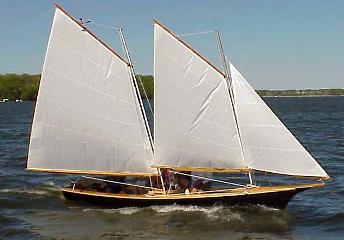
Joined: 12 Nov 05 Location: Taiwan Online Status: Offline Posts: 302 |
 Post Options Post Options
 Quote Quote  Reply Reply
 Posted: 22 Feb 06 at 3:10pm Posted: 22 Feb 06 at 3:10pm |
|

|
||
 |
||
JimC 
Really should get out more 

Joined: 17 May 04 Location: United Kingdom Online Status: Offline Posts: 6662 |
 Post Options Post Options
 Quote Quote  Reply Reply
 Posted: 22 Feb 06 at 3:01pm Posted: 22 Feb 06 at 3:01pm |
|
|
Calm down Children.
Look Barty, you must be aware that over simplistic sums create immense confusion. And that is an over simplistic formula - as you know in practice surface area is not a constant as it decreses as the boat lifts, and coeffient of lift varies hugely, probably close order of magnitude, on trim, on each wave, and probably nine dozen other factors. Then you also have aerodynamic lift from the rig (doesn't lift the bow, does lift the boat) aerodynamic lift perhaps even from the hull surface etc etc etc. So what you have given is a formula that is technically correct and is relatively straightforward to understand, but practically useless and doesn't represent what really goes on. In the real world this stuff is very complex. |
||
 |
||
Barty 
Far too distracted from work 

Joined: 16 Mar 04 Location: Scotland Online Status: Offline Posts: 240 |
 Post Options Post Options
 Quote Quote  Reply Reply
 Posted: 22 Feb 06 at 1:47pm Posted: 22 Feb 06 at 1:47pm |
|
Thanks Stefan for that well balance and informative argument. Having looked at the link you posted I realise that my head must have been up my a$%e when I wrote my orginal post. I can't belive I got so much of it fundementally wrong. I really must look at my uni notes on hydrodynamics again and write a stern letter to my old lecturer who obviously has been fooling everyone over the years Could you please publish the dates of your naval architect whisperer tour as I'd look to come and hear you speak |
||
 |
||
Stefan Lloyd 
Really should get out more 
Joined: 03 Aug 04 Online Status: Offline Posts: 1599 |
 Post Options Post Options
 Quote Quote  Reply Reply
 Posted: 22 Feb 06 at 1:30pm Posted: 22 Feb 06 at 1:30pm |
|
|
Unfortunately it is also wrong. Not "detail" wrong, or "second order effect" wrong but fundamentally wrong. |
||
 |
||
Barty 
Far too distracted from work 

Joined: 16 Mar 04 Location: Scotland Online Status: Offline Posts: 240 |
 Post Options Post Options
 Quote Quote  Reply Reply
 Posted: 22 Feb 06 at 12:57pm Posted: 22 Feb 06 at 12:57pm |
|
|
Aye thats why I said 'should be assumed' and not 'is'. With this assumption the equation is relatively straight forward for everyone. If you bring angle of incidence, form factors etc is becomes difficult. Its just maths for the masses

|
||
 |
||
Stefan Lloyd 
Really should get out more 
Joined: 03 Aug 04 Online Status: Offline Posts: 1599 |
 Post Options Post Options
 Quote Quote  Reply Reply
 Posted: 22 Feb 06 at 9:22am Posted: 22 Feb 06 at 9:22am |
|
|
Actually no. The coefficient of lift is proportional to the angle of attack (roughly speaking and up to to the point where seperation begins). See, for example http://www.allstar.fiu.edu/aero/lift_drag.htm So one reason to move back in the boat is to increase the angle of attack, and hence Cl and hence lift. Unfortunately this also increases drag.
|
||
 |
||
Barty 
Far too distracted from work 

Joined: 16 Mar 04 Location: Scotland Online Status: Offline Posts: 240 |
 Post Options Post Options
 Quote Quote  Reply Reply
 Posted: 21 Feb 06 at 2:07pm Posted: 21 Feb 06 at 2:07pm |
|
|
Lift is defined by the equation: L=0.5CLñsv2 NOTE: ñ should be Rho the greek letter P but the symbol won't work on here! where CL is the coefficient of lift, ñ is the density of water, s is the surface area and v is the velocity squared Lift will be close to the displacement weight at the point of planning, i.e is the boat and crew weighs 300kg then 300kg of lift would take it out the water but something less will start to lift it out. Rearranging for speed gives v = square root (L/0.5CLñs) The density of water is fixed and the coefficient for lift ahould be assumed relatively constant so the only thing that affects the speed is surface area. This is why in all RYA learn to sail bits it tell you to lean back when its windy on a reach. This pulls the bow up and effectively reduces surface area and hence the potential to plane. If you had a boat with flat sections all the way down the hull it is hard to reduce surface area even when hanging of the back. Clever designers produce hull shapes that allow the surface area to be reduced the faster the boat goes. Think of a jet plane wing. Next time you take off look at the wing. They extend the trailing edge to increase surface area at lower speeds to increase lift. Once in the air and speed increase they retract the trailing edge to give a smaller surface area and therefore the ability to fly faster. If only it was this simple in a dinghy Look at RIBS and you will see that most have a 'shallow' V hull i.e. relatively flat, which is good for getting onto the plane but then difficult to reduce wetted area easily. This is why it has spray rails to allow the boat to climb progressively up the rails and hence reduce wetted area. Offshore RIBS tend to have 'deep' V hulls so that the wetted area can quickly be reduced to give higher speed potentials. So our friend Froude quite rightly says that a long boat will go faster than a shorter one but a shorter one can plane faster if the hull design allows wetted area to be reduced and has the available power to maintain the increases in speed required. |
||
 |
||
m_liddell 
Really should get out more 
Joined: 27 May 05 Location: United Kingdom Online Status: Offline Posts: 583 |
 Post Options Post Options
 Quote Quote  Reply Reply
 Posted: 21 Feb 06 at 12:08pm Posted: 21 Feb 06 at 12:08pm |
|
|
The first time I took my 14 out I got someone to video us from a RIB behind the boat. It was single wire occasional marginal twin wire conditions, upwind you can see as soon as the crew hits the wire the wake behind the boat change as it starts to plane. Interesting to watch. Despite my 14 being a old design the transition from displacement to planing upwind is very subtle, but after sailing the boat a few times you can feel it happen. |
||
 |
||
Post Reply 
|
Page 123> |
| Forum Jump | Forum Permissions  You cannot post new topics in this forum You cannot reply to topics in this forum You cannot delete your posts in this forum You cannot edit your posts in this forum You cannot create polls in this forum You cannot vote in polls in this forum |
Copyright ©2001-2010 Web Wiz
Change your personal settings, or read our privacy policy












 Printable Version
Printable Version Delicious
Delicious Digg
Digg Facebook
Facebook Furl
Furl Google
Google MySpace
MySpace Newsvine
Newsvine reddit
reddit StumbleUpon
StumbleUpon Twitter
Twitter Windows Live
Windows Live Yahoo Bookmarks
Yahoo Bookmarks Topic Options
Topic Options
